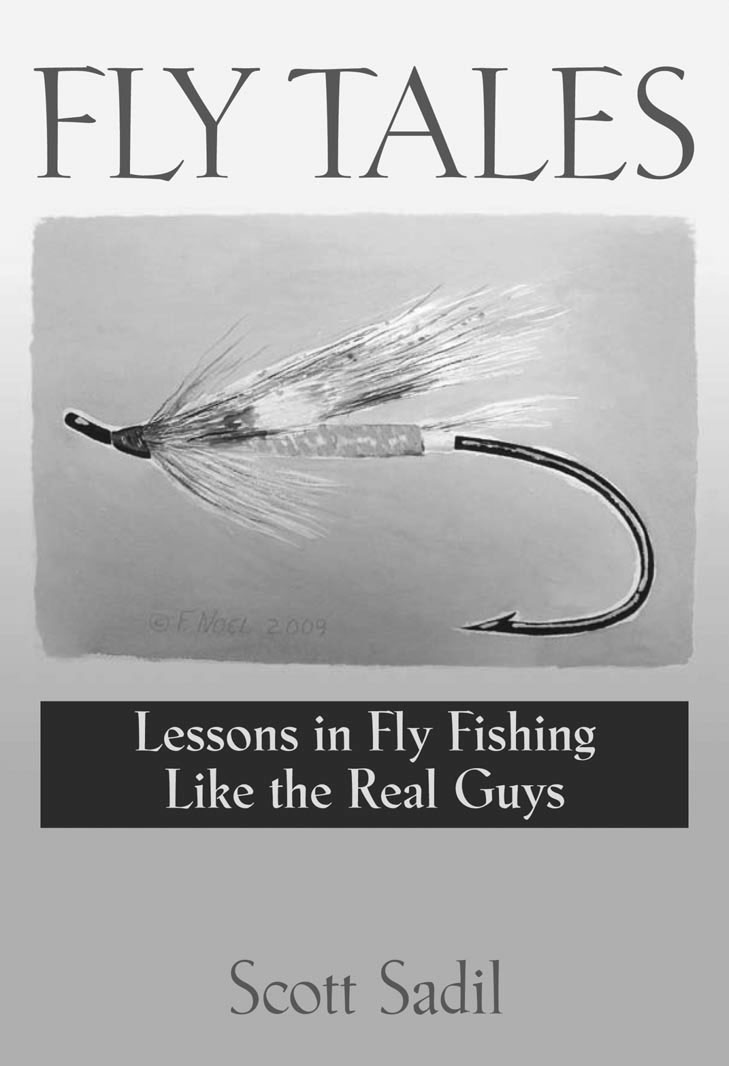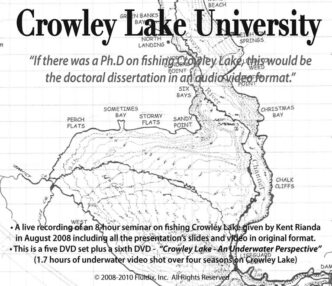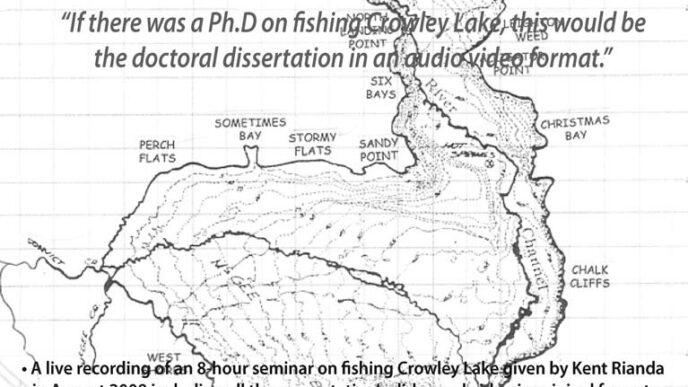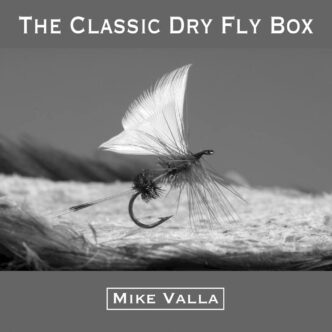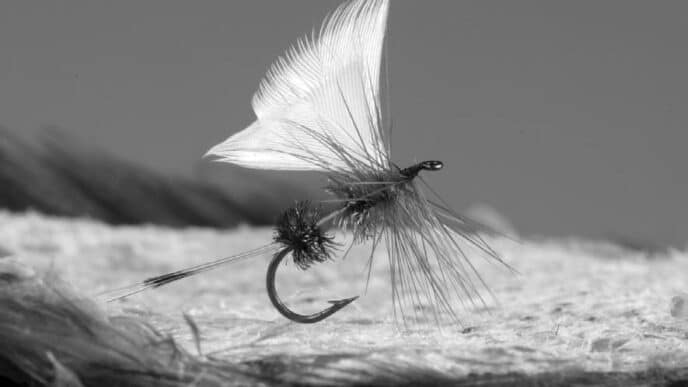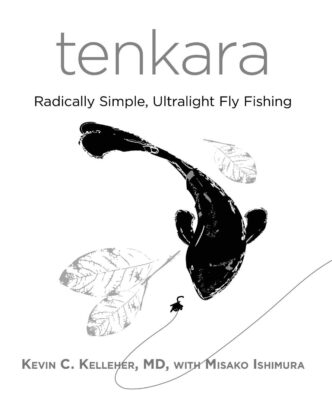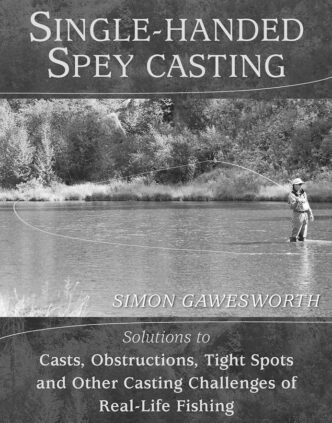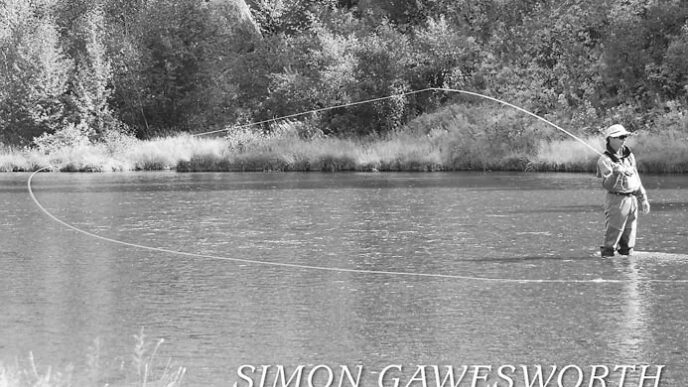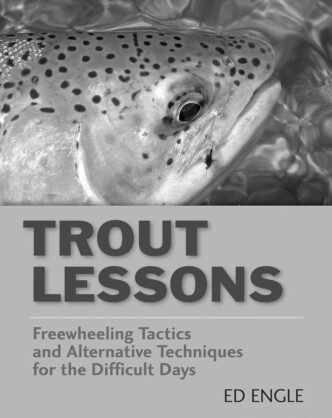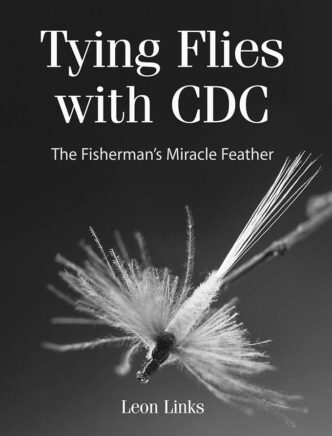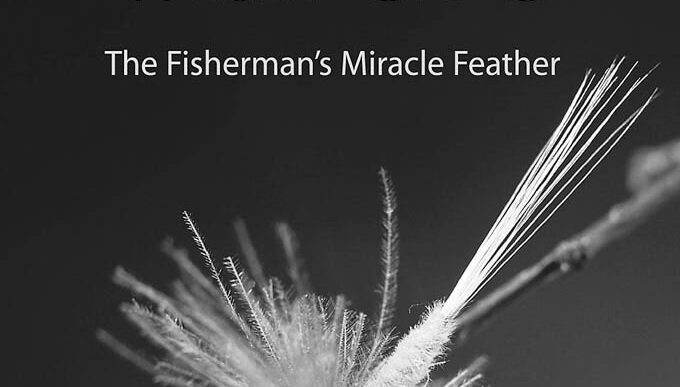Fly Tales: Lessons in Fly Fishing Like the Real Guys
By Scott Sadil. Published by Barclay Creek Press, 2010; $24.95 hardbound.
When you attend schools, as I did, where many of the kids are the offspring of Ph.D.s and otherwise certifiable geniuses, you quickly learn that there’ll always be someone smarter, more talented, more whatever, than you are. It’s a humbling and thus useful lesson to learn early. As you mature, though, and work your way through the trials and tribulations that accompany the lives of most of us, you also discover that the wisdom you gain from your errors and successes can supersede whatever benefits derive from a supercharged IQ, and that the simple act of applying yourself to the tasks at hand can get you an awfully long way toward a satisfied and maybe even happy life.
Scott Sadil, whose work has often appeared in the pages of this magazine, at times suffers a bit of angst when he compares his angling talents to those of fly fishers he considers “Real Guys,” the seemingly gifted few who “belong to an inner circle of expert anglers, a cadre of insiders whose skills and knowledge and perhaps fortunes of good breeding have positioned them in territory the rest of us can only glimpse and occasionally admire.” Although he pointedly states that he is “anything but a Real Guy,” Sadil, who in his day job is a teacher, understands that reaching the goal of effortless proficiency in fact requires effort. In other words, if you want to get good at fly fishing, keep trying, pay attention, and apply what your learn.
And, frankly, read this book, as well. Fly Tales collects 37 lessons from Sadil’s quest for greater flyfishing competency — 37 stories, really, because he instructs through anecdote. Each chapter is a short narrative that usually revolves around a particular fly and how it brings him success. This format allows Sadil to raise issues of fly design, angling technique, fly-fishing history, personal biography, and other, sometimes important, sometimes incidental observations that make for a rich and engaging read. The essays that originally ran in California Fly Fisher remain fresh, and there are plenty of others that appeared elsewhere (Flyfishing & Tying Journal, Fly Rod & Reel, Gray’s Sporting Journal, American Angler) and were new to me.
I’ve sought out Sadil’s work ever since I came upon a story of his on fishing in Baja that was published a couple of decades ago in the now long-gone California Angler magazine. If I recall, it was an instructional piece, but it was written to offer more than instruction on how to catch the fish of Baja. It brought the reader into the place, gave it color and personality, and by so doing heightened one’s interest in visiting that arid, foreign, yet familiar peninsula. It’s the sort of writing that enhances our passion to explore, to fish, and like other writers at the top of the angling-essay form, Sadil excels at it.
Perhaps his quest to become a “Real Guy” isn’t that at all. Perhaps it’s the more important quest to make sense of ourselves and the world we move in.
Richard Anderson
In That Sweet Country: Uncollected Writings of Harry Middleton
By Harry Middleton (selected and introduced by Ron Ellis). Published by Skyhorse Publishing, 2010; $29.95 hardbound.
It’s been seventeen years since Harry Middleton passed away from a massive heart attack. In a brief, four-year period just before he died, he published five remarkable works of fly-fishing literature:
The Earth is Enough: Growing Up in a World of Trout and Old Men (1989), On the Spine of Time: An Angler’s Love of the Smokies (1991), The Starlight Creek Angling Society (1992), The Bright Country: A Fisherman’s Return to Trout, Wild Waters, and Himself (1993), and Rivers of Memory (1993). They all revolved around a love of place — the mountains of the South, in particular the Ozarks and the Great Smoky Mountains — and an appreciation of idiosyncratic characters and of character. He was a wonderful storyteller, with the line between autobiography and fiction never a clear one.
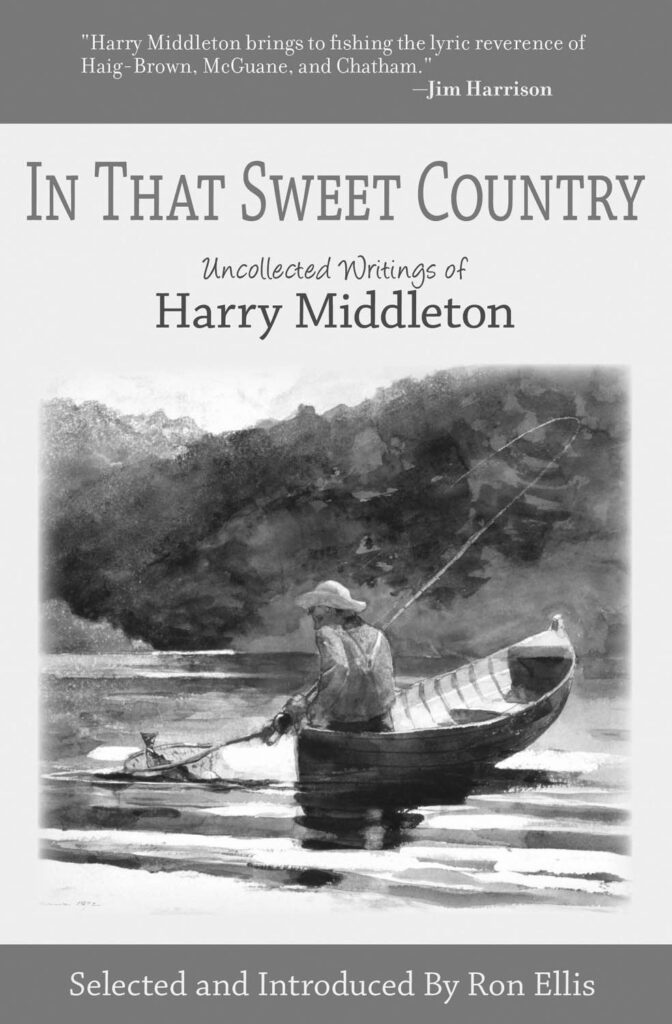
Middleton, however, wrote much more and for a much longer period than the works above imply. For a time he penned the outdoors column for Southern Living magazine, where he was also a senior editor, and he contributed to a range of diverse publications that included the New York Times, Sierra, and Fly Rod & Reel. Editor Ron Ellis brings together 36 of Middleton’s magazine and newspaper articles in this new collection, titled In That Sweet Country. The pieces are grouped under the themes of “Arkansas,” “Smoky Mountains,” “Days Afield” (Middleton was also a hunter), “Journeying,” “Gadgets & Gear,” and “Wings, Wind, & Wonder” (which concern the natural world beyond trout).
Some of the pieces are works of fiction. Uncle Albert and Grandfather Emerson, from The Earth is Enough, make an appearance here, as does the protagonist of that book, who it’s commonly assumed is the alter ego of Middleton. Most are closely observed short essays on the satisfactions found in fly fishing, hunting, and, more simply, being in and observing the wild world around us. One piece, “The Ozarks: Where the Big Trout Run,” highlights the amenities of two fishing lodges and shows that Middleton could write well — very well, indeed — even when the purpose was of a prosaic and perhaps more commercial nature.
Fans of Middleton’s work will certainly add In That Sweet Country to their bookshelves, and it’s a fine collection, although readers unfamiliar with his writing should perhaps start with The Earth is Enough or On the Spine of Time.
Richard Anderson
Hook, Line & Sinister: Mysteries to Reel You In
Edited by T. Jefferson Parker. Published by Countryman Press, 2010; $23.95 hardbound.
Fans of the kind of fiction that some friends of mine call “mental floss” have reason to rejoice at Countryman Press’s Hook, Line & Sinister, an anthology of never-before published fishing-related mystery stories. With submissions from some of the best known names in the contemporary mystery/suspense genre, including Michael Connelly, James W. Hall, John Lescroart, and Dana Stabenow, along with writers well-known in fishing circles, such as the late William G. Tapply, there’s enough stylistic and plot variety to keep just about anyone who enjoys angling and mystery/suspense fiction busy for a week of evenings. And to ease your conscience if you feel you should be reading more serious fare, all the royalties from sales of the book will be split between two worthy charities: Casting for Recovery, which uses fly fishing to help breast cancer survivors, and Project Healing Waters, which does the same for returning veterans from the Iraq and Afghanistan conflicts.
Hook, Line & Sinister contains 16 stories, all linking death under suspicious circumstances to fishing. They range from traditional, clue-based whodunits such as Mark T. Sullivan’s “Cutthroat,” which also takes a shot at the great writer–great angler myth, to stories with surprising twists, such as John Lescroart’s “Unsnaggable” and Victoria Houston’s “Death by Honey Hole,” where betrayed wives take their revenge on cheating husbands, to semicomedies such as Dana Stabenow’s “Cherchez La Femme,” set in an Alaskan fishing village where everybody knows or is related to everybody else, to dark journeys into the past such as Andrew Winer’s “Darmstadt” and equally dark explorations of the present, such as Ridley Pearson’s “River Tears.”

A nice side benefit of Hook, Line & Sinister is that it introduced me to writers whose longer works I’ll now be looking for in the used-book stores. Will Beall is one of them. His story “The Blood Dimmed Tide” has less to do with actual fishing than the other stories in the collection, but this fast-paced, violent tale of gangland L.A., shark chum and dead coyotes had my heart beating faster by the time I finished it. Melodie Johnson Howe, Spring Warren, and Mark T. Sullivan are other writers in the book whose novels I’ll search out.
But where were the submissions from Carl Hiaasen, Randy Wayne White, and James Lee Burke, best-selling writers who have all incorporated fishing in their novels? Either the editor didn’t know them well enough to ask or they’re too busy raking it in from paperback sales to care. Can’t have everything, I guess.
D. C. Ounty
Gentlemen Preferred Dry Flies: The Dry Fly and the Nymph, Evolution and Conflict
By William C. Black. Published by the University of New Mexico Press, 2010; $19.95 softbound.
Although couched as an examination of the long continuing tension between fishers of dry flies and those who’ll use subsurface presentations, William C. Black has given us an enlightening and entertaining history of the evolution of fly fishing over the last seven centuries. A good addition to the stack for reading this winter.
Richard Anderson




